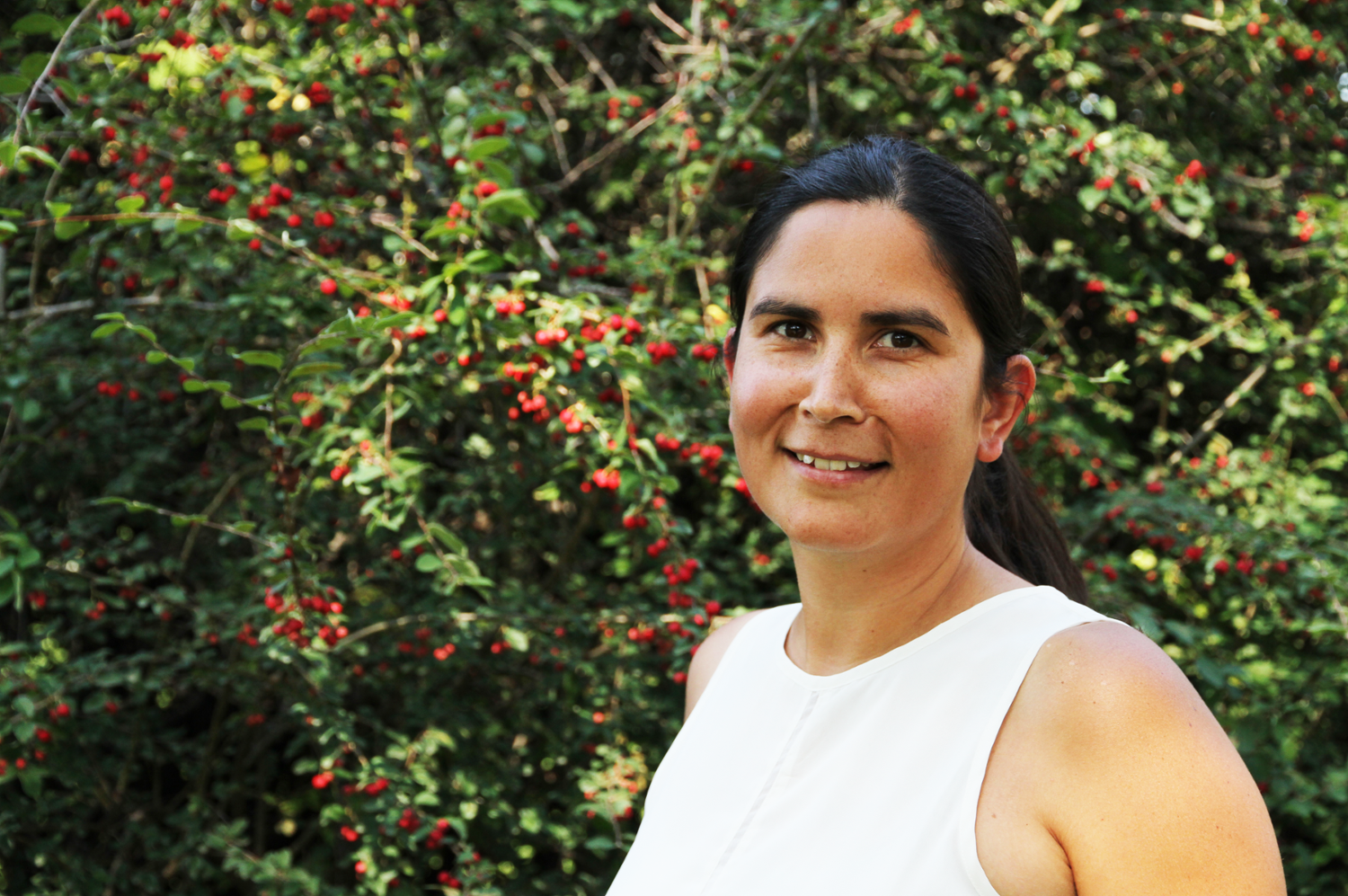
Soil Mysteries
Melissa Arcand works in the frontier beneath our feet, one critical to producing food for everyone on Earth.
By OCN“There is a major knowledge gap in terms of being able to predict what’s happening in the soil,” said Arcand, who joined the College of Agriculture and Bioresources as assistant professor in August 2015. “People often refer to soil, and especially its microbial diversity, as kind of ‘the black box.’”
Prizing out the secrets of this black box could, for example, help farmers use fertilizers and inputs more efficiently, reducing costs, reducing impact on water resources and mitigating greenhouse gas emissions.
Specifically, Arcand and her colleagues are looking at the effects of how agriculture and the crops that are grown affect communities of microorganisms that live in the soil. These bacteria, fungi and other life forms perform vital functions in the ecosystem such as breaking down carbon-rich material from plants and transforming nutrients in the process.
Arcand, who grew up on a farm on the Muskeg Lake Cree Nation about an hour north of Saskatoon, studied for a year at the U of S before following her passion for chemistry and environmental sciences to the University of Guelph. A summer job with a soil scientist sparked her interest in the area.
“That’s where I really made the connection between biochemistry, the physical sciences and environmental science, and how that is applied in an agricultural context,” she said.
After completing her master’s degree in Guelph, Arcand returned to the U of S to complete her PhD. Now on faculty, she has been assigned as academic lead for the
Kanawayihetaytan Askiy program, which is aimed at training First Nations people to manage reserve lands. Kanawayihetaytan Askiy, which, roughly translated, means “let us take care of the land.”
“People and the land, there really is a reciprocal relationship between those two things,” she said. “What we do to the land affects how the land can support us. Part of my job is really to open students’ eyes to what the land is really telling us from a scientific perspective.”

